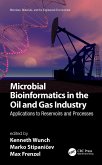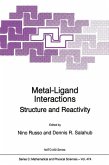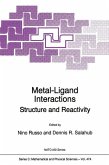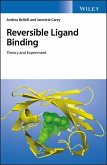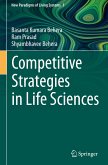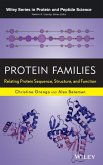Drug discovery and development is a very expensive
and time-consuming process. To improve the
efficiency of the pipeline, Computer-Aided Drug
Design (CADD) has become increasingly important over
the years. CADD represents an interplay paradigm
between in-depth in silico studies and the follow-up
wet-lab validations. However we have not achieved
true synergy among various computational
subdisciplines, such as cheminformatics and
bioinformatics. This book, therefore, focuses on the
design, development and applications of novel
approaches for CADD and protein structure
bioinformatics. These approaches were developed in
the areas of both ligand-based and structure-based
drug design. In addition, Simplicial Neighborhood
Analysis of Protein Packing (SNAPP) has been
employed for the analysis of protein flexibility.
This has resulted in powerful and cutting-edge
computational tools for the rational drug design and
the prediction of unintuitive consequences of
targeted therapeutics. The work should help shed
some light on this exciting field, and should be
especially useful to professionals in computational
drug discovery and other biomedical research-related
areas.
and time-consuming process. To improve the
efficiency of the pipeline, Computer-Aided Drug
Design (CADD) has become increasingly important over
the years. CADD represents an interplay paradigm
between in-depth in silico studies and the follow-up
wet-lab validations. However we have not achieved
true synergy among various computational
subdisciplines, such as cheminformatics and
bioinformatics. This book, therefore, focuses on the
design, development and applications of novel
approaches for CADD and protein structure
bioinformatics. These approaches were developed in
the areas of both ligand-based and structure-based
drug design. In addition, Simplicial Neighborhood
Analysis of Protein Packing (SNAPP) has been
employed for the analysis of protein flexibility.
This has resulted in powerful and cutting-edge
computational tools for the rational drug design and
the prediction of unintuitive consequences of
targeted therapeutics. The work should help shed
some light on this exciting field, and should be
especially useful to professionals in computational
drug discovery and other biomedical research-related
areas.


